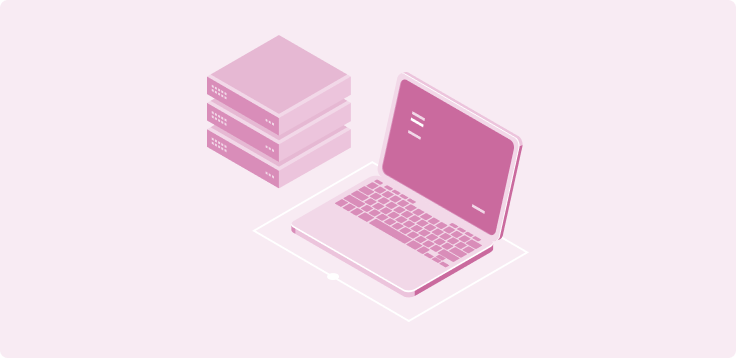Jul 03, 2024
How to Choose the Right Web Scraping Tool for Your Business Needs

In today’s data-driven world, businesses thrive on information. Whether it's for market research, competitor analysis, or sentiment analysis, web scraping tools have become indispensable. However, with so many options available, choosing the right web scraping tool for your business needs can feel like a headache. This guide will help you navigate through the choices, ensuring you select the perfect tool for your specific requirements, without breaking into a sweat.
Understanding Web Scraping
Before diving into the selection process, it’s essential to understand what web scraping is. Web scraping involves extracting public web data from websites and transforming it into a structured format, such as a spreadsheet or database. This automated process can save hours of manual data collection, providing you with up-to-date and comprehensive datasets.
Key Features to Look For
When choosing a web scraping tool, consider the following key features to ensure it meets your business needs:
1. Ease of Use: The tool should have an intuitive interface and require minimal coding skills. Look for drag-and-drop functionalities or visual editors that simplify the scraping process.
2. Scalability: Your business needs may grow, and so should your web scraping tool. Ensure the tool can handle increasing volumes of data without compromising performance.
3. Data Quality: The accuracy and cleanliness of the data are paramount. Choose a tool that offers data cleansing features to remove duplicates and irrelevant information.
4. Scheduling and Automation: The ability to schedule scraping tasks and automate the process is crucial for continuous data collection. Look for tools that allow you to set up recurring scraping jobs, or at a repeating schedule that you get to determine yourself.
5. Data Storage and Export Options: Consider how the tool stores data and the formats it supports for exporting. Common formats include CSV, JSON, and Excel.
6. Customer Support: Reliable and friendly customer support can be a lifesaver when you encounter issues. Check if the tool provides comprehensive documentation, tutorials, and responsive support channels.
Factors to Consider
In addition to the key features, several factors should influence your decision:
1. Budget: Web scraping tools come in a range of prices, from free open-source options to premium solutions. Assess your budget and determine which tool offers the best value for your money. Look for tools that allow you to determine your own spend!
2. Compliance: Ensure the tool adheres to legal and ethical standards. Some websites have terms of service that prohibit scraping. Familiarize yourself with these regulations to avoid legal complications.
3. Integration Capabilities: Your web scraping tool should integrate seamlessly with your existing systems and workflows. Check if it supports APIs or other integration methods.
4. Performance and Speed: Evaluate the tool’s performance in terms of speed and efficiency. A slow tool can hinder your data collection efforts and affect decision-making timelines.
5. User Reviews and Testimonials: Research user reviews and testimonials to gauge the experiences of other businesses. This feedback can provide valuable insights into the tool’s reliability and effectiveness.
Steps to Choose the Right Tool
Now that you understand the features and factors to consider, follow these steps to choose the right web scraping tool for your business:
1. Identify Your Needs: Define the specific public web data you need to scrape and your business objectives. This clarity will help you focus on tools that meet your requirements and suit your budget.
2. Research and Compare: Create a shortlist of potential tools based on your needs. Compare their features, pricing, and user reviews to narrow down your options.
3. Test the Tools: Most web scraping tools offer free trials or demo versions. Test each tool to evaluate its performance, ease of use, and data quality.
4. Evaluate Customer Support: Interact with the customer support teams to assess their responsiveness and helpfulness. Good support can make a significant difference in your experience.
5. Make an Informed Decision: Based on your testing and evaluation, choose the tool that best aligns with your business needs, budget, and compliance requirements.
Choosing the right web scraping tool for your business needs is a crucial decision that can significantly impact your data collection efforts. By considering key features, factors, and following a structured approach, you can select a tool that enhances your business intelligence and drives informed decision-making. Remember, the right tool is an investment in your business's future, providing you with the data you need to stay ahead in a competitive market. Happy scraping!
You might like these, too
Price Monitoring · 5 minutes read
Data Collection · 4 minutes read
Data Collection · 5 minutes read
